Celebrate Local with Slow Flowers
A new movement is afoot and we couldn’t be more inspired! Slow Flowers, born from Debra Prinzing’s previous project and book, The 50-Mile Bouquet takes the principles of the Slow Food Movement and applies them to the world-wide floral industry. Her new book is a weekly exploration of the art of regional and seasonal floral design that celebrates what our gardens and local floral markets have to offer throughout the year. It is beautifully researched, thoughtfully written and illustrated with enough gorgeous arrangements and design tips to inspire anyone to seek out the creative and unusual in their very own backyard.
Just what are the benefits of choosing flowers from a local source to adorn your home or give as gifts? Many, as her book demonstrates so engagingly. It allows one to support regional farms and environmentally safe practices, it keeps money in local businesses and the economy, encourages one to enjoy the traditions of seasonally-fresh flowers, and best of all it allows one to experience fresher, longer-lasting bouquets, often filled with specialty heirloom wonders that cannot withstand a 10,000 mile jetted journey.
Recently, we were able to ask Debra about the movement and how her early background in textiles has informed her chosen profession. Below you’ll find an edited excerpt from that conversation. We hope you enjoy what she shared with us. The featured images above are from her recent book, Slow Flowers. They are bouquets created from local sustainable flowers, many from her very own garden.
For more info: SlowFlowers.com
PNT: What are some tips for people who want to honor the philosophy of the Slow Flower Movement but have no garden of their own or are missing a vibrant farmers’ market in their community?
DP: The good news is that there are flower farmers in all 50 states – nearly 6,000 in the U.S. alone, according to USDA’s 2012 Agriculture Census. So that means its easier than ever to source domestic or local flowers. Many supermarkets offer flowers with origin labeling, so look for the Certified American Grown brand on the sleeves of mixed bouquets or single-variety bunches. Many states have their own “Grown in” agricultural labeling, such as CA Grown or OR Grown, which also indicates the “slowness” of those blooms.
On the Slowflowers.com web site, there are several farms and floral designers who ship American grown flowers overnight to consumers. Of course, there is a transportation footprint to sourcing flowers this way, but if I have to ship flowers, [I] would rather support an American flower farmer and his or her livelihood than the alternative. A final note: I’ve learned from many of the most gifted floral designers around that a trip to the garden center or local nursery often yields plants that have beautiful blooms or foliage for a bouquet. Clip what you need and the plant can still go into the ground or a container garden for future blooms.
PNT: Your bio mentions that you have a background in textiles. Could you elaborate? Has it informed your interest in gardens?
DP: I have had a lifelong love affair with textiles, design and fashion. My mother and grandmother were quilters and they taught me to sew my own clothing while I was a young teenager. By the time I could get a job, one of my first was working in a retail fabric shop in Portland, Oregon, during high school. I continued in the fashion world at Seattle Pacific University, where I earned a B.A. in Textiles & Clothing. That included spending my senior year at the Fashion Institute of Technology in NYC, an incredible experience that deepened my interest in journalism, especially through fashion magazines. I interned and then went to work for Seventeen Magazine right out of college in the early 1980s. I’ve since been on the newsroom staff or served as a columnist for numerous magazines and newspapers, and now for online sites like Houzz.com. In 1997, after 10 years working off and on as a business reporter, I decided to focus my writing exclusively on gardening and design, two of my favorite topics. Since then, I’ve covered home and garden, architecture/interiors, landscape and horticulture for publications like the Los Angeles Times, Better Homes & Gardens and Sunset. My origins in textiles form my design vocabulary and give me a distinct point of view as a writer. The flower obsession? Well, that is truly a hybrid blending my strength as a longtime business writer with my love of design. I now view a vase of flowers like a small garden. And I view the garden as a big quilt, pieced together with different colors, patterns and shapes, similar to the quilts stitched so lovingly by my grandmother and mother.
All images are used by permission ©Debra Prinzing


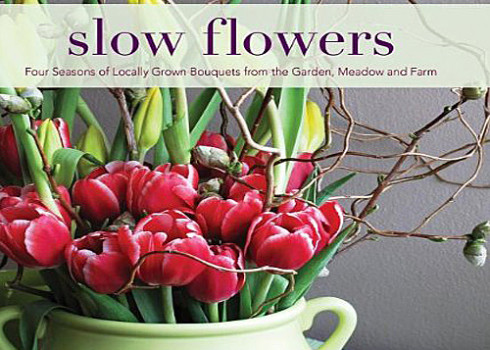
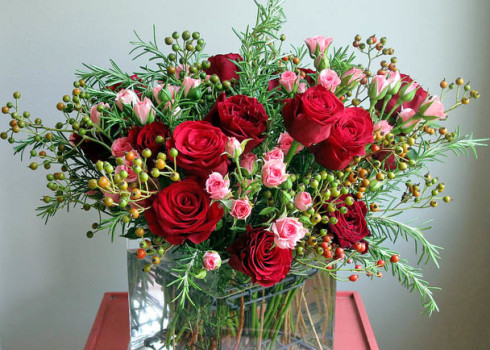
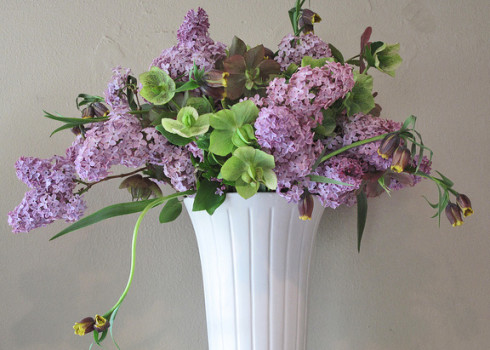
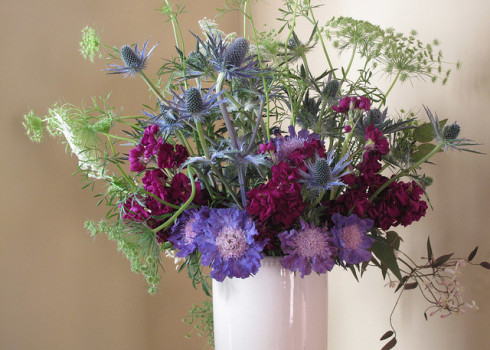
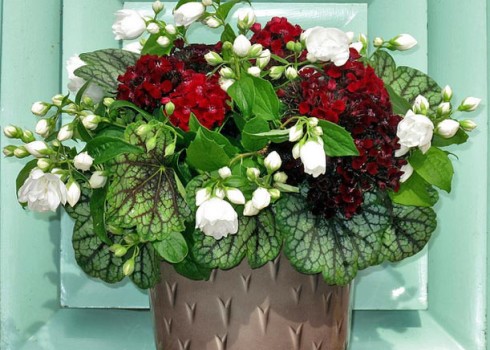
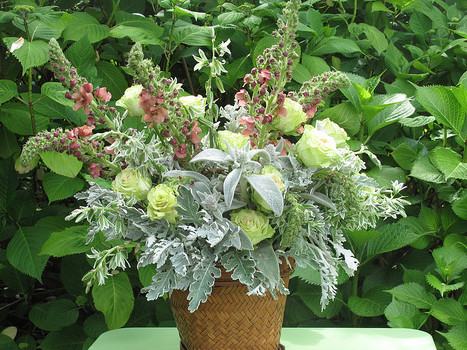
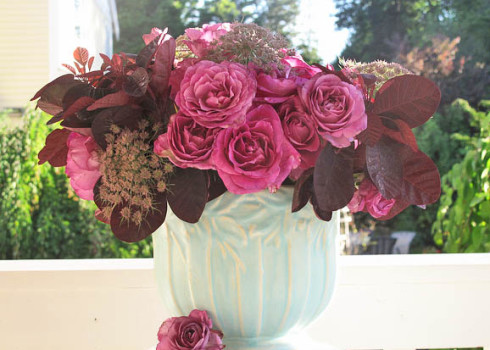
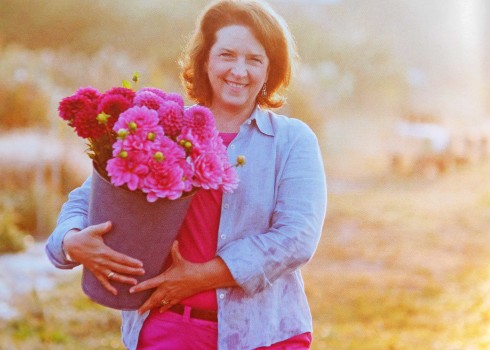

 Pat Nugent
Pat Nugent